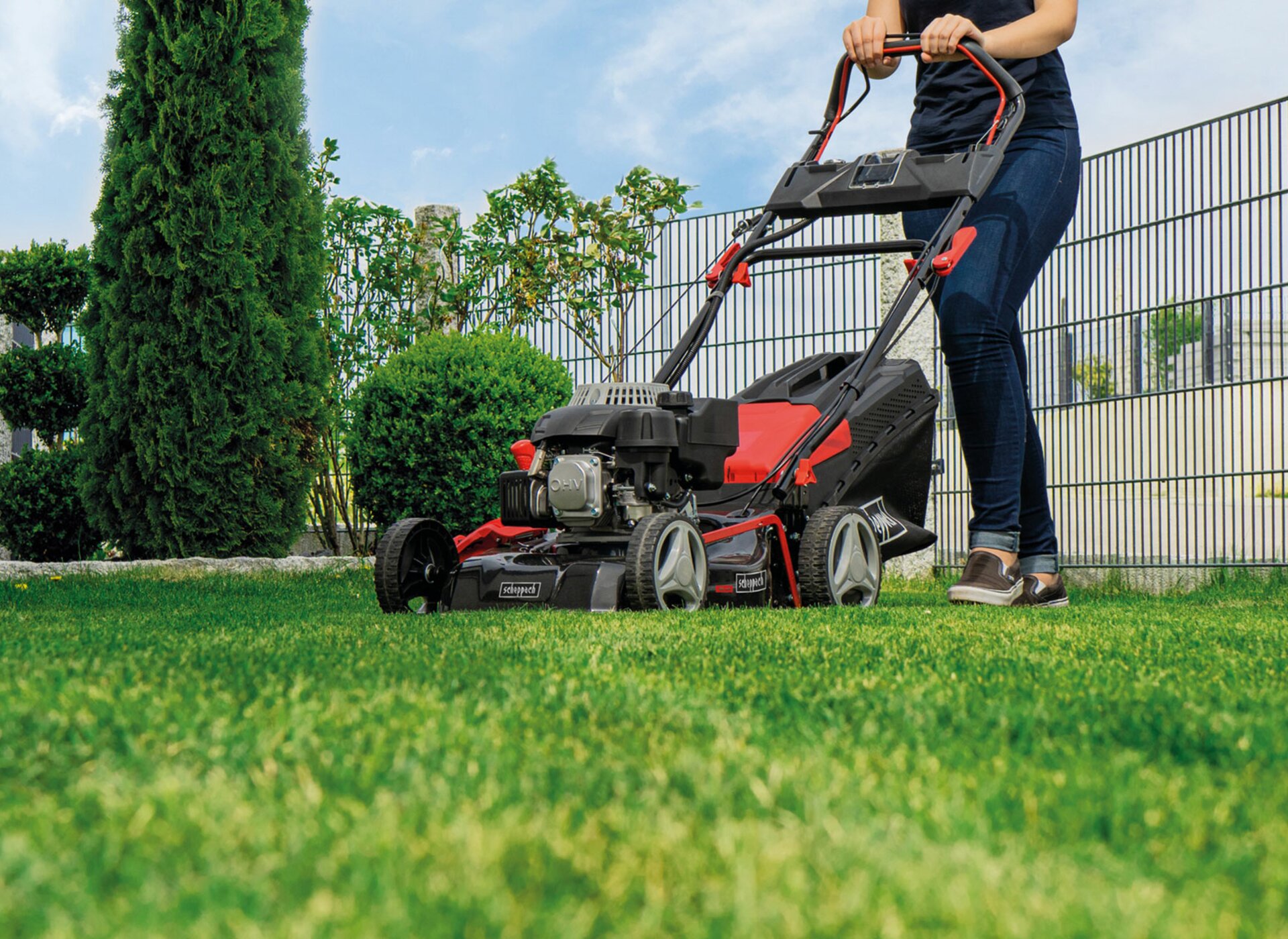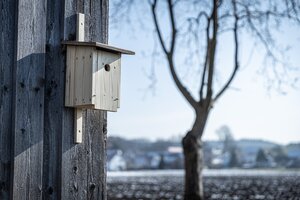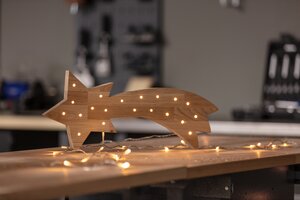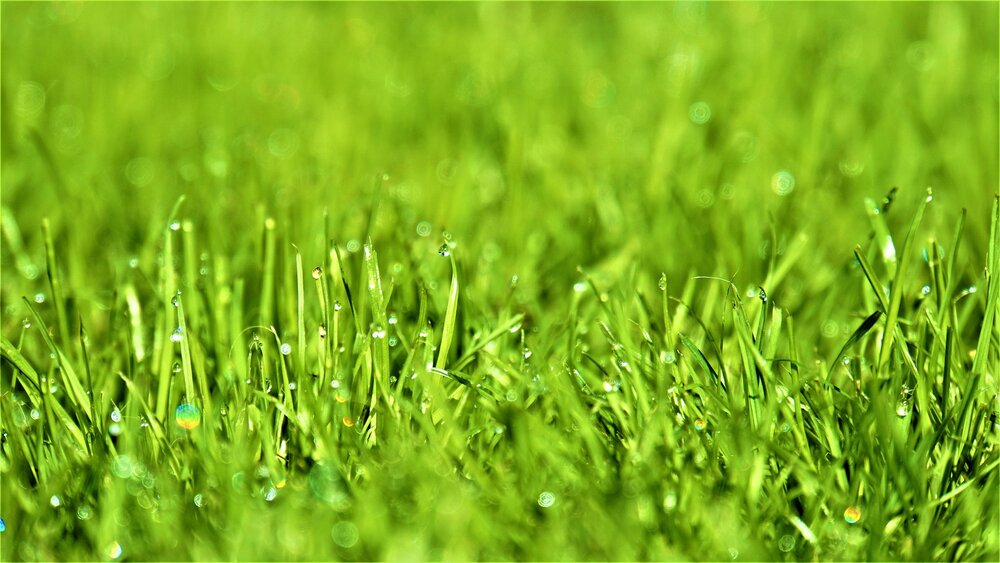
The right time for mowing
Timing must be right, especially for the first cut. This is usually in the middle of April, depending on the length of winter. Instead of specifying a season, it may make more sense to simply keep an eye on the lawn – when it gets warmer, the grass will grow. Before the first cut, the grass should have a length of about 7 to 8 cm. This means the roots are strong and the sward is nice and dense.
Cutting grass that is damp from dew or wet from rain is not recommended because it is more difficult and will clog up the collector and mower itself. It is simply not possible to cut wet grass neatly. Bright mid-day sun should also be avoided so the “injured” grass is not unnecessarily stressed or dries out. The early hours of the evening are suitable for lawn care. In dry summers in particular, the lawn can then be watered and all the work is done. But please keep an eye on the time to avoid disrupting your neighbours.
The lawn should be mowed once a week to keep it even and to ensure that you are not cutting it back too much in one go. This applies particularly to heavy growth in May and June. After that, cutting the grass every other week is usually enough during the hot summer months.
Those who want a beautiful lawn will have to mow it regularly. Branching of the blades is caused by cutting the grass. This makes it nice and thick.
The German Federal Emission Control Act stipulates the following: at night as well as on Sundays and statutory holidays, lawn mowers must not be used in residential areas. At lunch time, peace and quiet should also be adhered to in most areas.
Federal States, cities and local authorities can specify these times themselves. That is why you should ask the local authority which rules apply.
Those who do not want to be limited by time constraints, or who work during the week and would rather not rely on good weather on a Saturday to cut the grass, should be aware of the lawn mower’s noise emission level before purchase. Battery-powered and electric mowers, even robotic lawn mowers, are generally quiet enough so they can be used at any time.

The right procedure
Before attacking the grass with the lawn mower, it is best to draw up a route in one’s mind so that each part is ideally cut just once. This will create the nicest and most even result. A tried-and-tested method is cutting a long strip, turning around at the end and then going in the opposite direction. The following applies: Only ever go forwards with the lawn mower. Those who do not turn around at the end of the strip but pull the lawn mower backwards, which is quite a popular approach for small lawns, will trample down the uncut grass. These areas will then not be cut properly.
Each new strip should overlap the cut strip next to it by a wheel-width. This will use the entire cutting width of the lawn mower, the task is completed more quickly and the result is an area without lines.
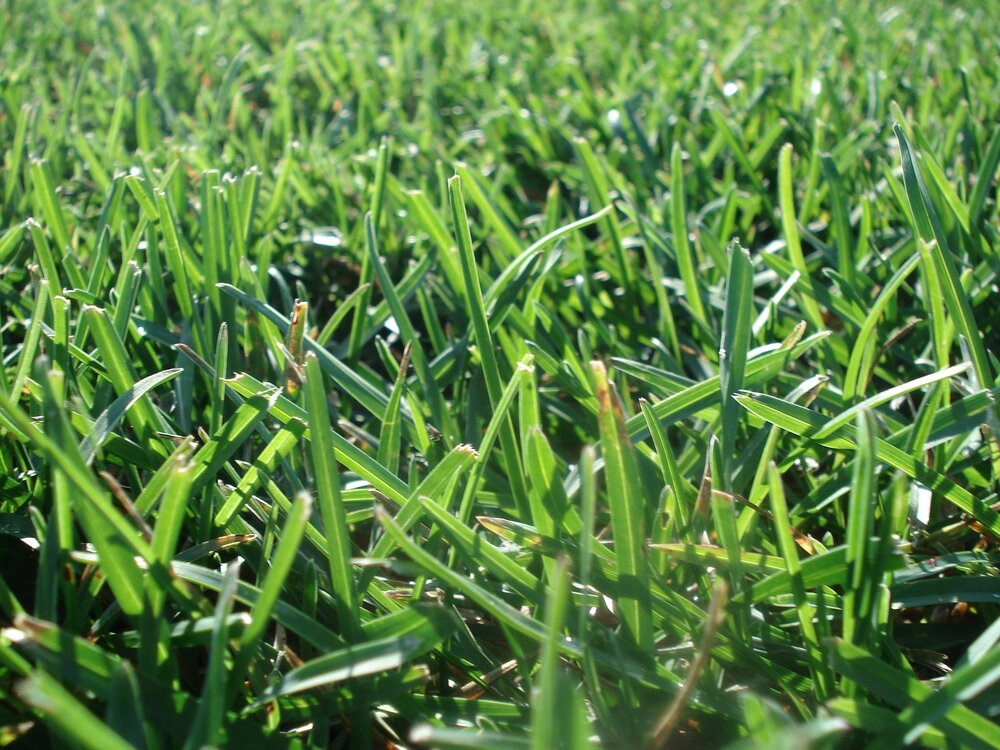
For safety reasons, slopes should always be cut across, never from the bottom to the top. Slipping or tripping could lead to accidents and injuries. The cut will also look uniform when mowing across.
The lawn mower blades should always be undamaged. Check if the cut ends of the grass are straight. Frayed blades of grass tend to dry out. A straight cut heals more quickly and the grass remains lush and green.
The most important rule when choosing the correct cutting height is: Shorten the grass in stages, by a maximum of 1/3 of the total length, down to the required height. Why? Find out in the following section:
First of all, the length of the grass is down to personal preference. Some people love a short decorative lawn with a length of 2.5 to 4 cm. Others prefer a robust lawn for playing on with a length of 3 to 4.5 cm. A cutting length of 4 cm has proven ideal for a garden that is quite easy to look after. Any shorter and the lawn needs more care and more things to bear in mind to make it look nice.
It may now seem tempting to set the cutting height of the lawn mower to 4 cm and just go for it. This, however, may be the kiss of death for the lawn if it has already grown quite a bit. At the beginning of the mowing season or after several weeks of summer holiday in particular, a radical cut can be dangerous.
The reason for this is the vegetation point of the blade of grass which is about halfway up. This is the point where a blade can branch out which makes the lawn thicker. If the vegetation point is removed, it will take a relatively long time before the blade has recovered and can sprout again.
That is why it is important to cut in stages so the vegetation point can be lowered. The rule of thumb is: cut down a maximum of 1/3 of the lawn length.
If the lawn is cut too quickly or too much, it will burn more easily, become patchy and thin areas appear in the grass. In addition, growth will be impaired because photosynthesis is more difficult.
If, on the other hand, the lawn is left to grow too high, it will grow more slowly, the blades will lose their strength and their impact resistance, the ground will become shaded and moss can spread.
There are, however, also reasons to have a lawn with a length of a few centimetres more: the height of summer, for example, and extended dry spells. The ground is then more effectively shaded and will not dry out so quickly. The grass itself can also store more moisture and will burn less quickly in the heat.
In shady areas, too, the lawn should have more leeway of about 1 cm. It can absorb more sunlight in this way. The same applies to autumn: as the strength of natural light decreases, the grass should be allowed to grow another centimetre to prevent it being prematurely stunted.

Using the grass cuttings
Grass cuttings are not a waste product because they contain valuable nutrients that can benefit the garden. The garden waste bin should therefore only be used as a last resort.
It is even better to mulch the lawn than to mow it. With a mulching machine or a lawn mower with mulch function, the grass is cut, chopped into small pieces and evenly distributed across the lawn as a natural nutrient. This means less fertiliser is needed and the ground will not dry out as quickly. During mulching, it is important that the grass is not too long. Too much mulch is harmful to the lawn because it prevents air from circulating across the ground, thus providing a suitable breeding ground for bacteria and fungi.
Caption: The grass is chopped into small pieces and ejected from the side back onto the lawn as a mulch layer.
Not only the lawn but beds, too, can be mulched with a thin layer of lawn cuttings. Vegetables and flowers will enjoy the fertiliser. Additionally, this kind of mulch layer will protect the earth from the sun, meaning it will dry less quickly and more moisture is available for the plants.
Another excellent option is composting. This will turn grass cuttings, when correctly stored, into high-quality compost that will supply nutrients to beds and potted plants.
If the lawn is sufficiently cared for in the summer, it will be nice and thick in the autumn and will be ready to enter its growth break. In the winter, it is recommended that the lawn should be dense but not too tall because large amounts of snow will flatten it.
There is less need to cut the grass from autumn onwards because it grows less quickly. When temperatures go below approximately 7 °C, the grass will stop growing. The ideal winter cutting length is about 5 cm or 1 cm higher than the summer cutting length. Those who leave an additional 1 cm during autumn to use the sunlight more efficiently, can simply continue this way until the first frost. After that, no mowing should take place because in these conditions, the blades of grass no longer have the strength to close the cut ends.
During the last cut, it is important not to mulch, so bacteria and fungi have less favourable conditions. Storing large amounts of snow on the lawn should also be avoided during the winter. A large weight for an extended period could damage the ground and grass long-term.
When choosing a suitable lawn mower, several aspects have to be borne in mind so the lawn can be cared for properly:
- The size and characteristics of the property
- The noise emissions of the lawn mower
- Cutting height adjustment
- Additional features
The size of the lawn mower depends on the size and characteristics of the property. Of course, a large garden can be tackled with an electric lawn mower that has a cutting width of 32 cm – it will just take longer. And the right extension cables will be needed.
Inclines are easier to deal with when the lawn mower has wheel drive, as opposed to using muscles only. That must also be considered before a purchase.

In densely populated residential areas, the noise emissions of the lawn mower play a particularly important role. According to Federal regulations, for mowers up to 88 dB, the daily time frame for grass cutting is such that those who work can also look after their lawn by 8 pm. These times of peace and quiet may vary so you should consult the local authority before purchasing a mower. Electric and battery-powered mowers as well as robotic lawn mowers are generally quieter than petrol mowers and are therefore often the first choice for small gardens in residential areas.
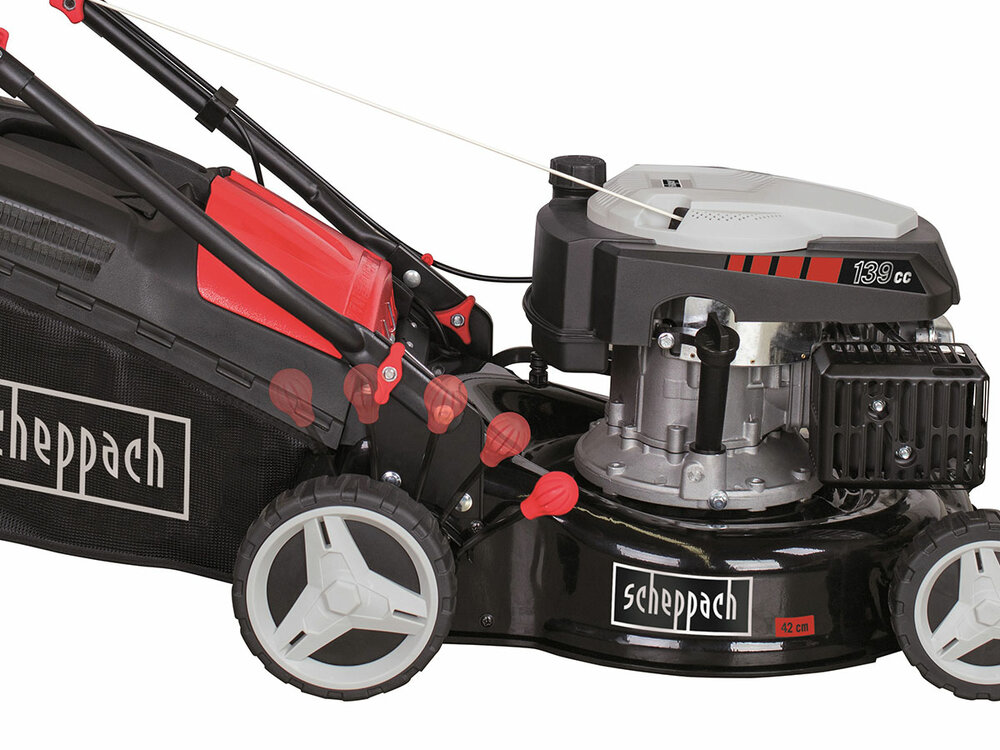
So the lawn can be cut to the perfect length throughout the year, the lawn mower must have a cutting length adjustment with several levels. In ideal cases, it should be possible to cut an accurate decorative lawn just as efficiently as shortening longer grass bit by bit according to the 1/3 rule. A decorative lawn needs a particularly short setting of 25 to 40 mm, although 75 mm should initially suffice after the holidays.

If the lawn is not only to be mowed but also to be mulched, the mulch function should be incorporated in the lawn mower. This will avoid the need for a subsequent upgrade or even the purchase of a second machine. It is important to check that the grass cuttings are ejected from the side. Otherwise, the mulch will fly uncomfortably around your legs.
You can find petrol mowers as well as electric and battery-powered mowers in different sizes, with and without mulch function, self-cleaning and wheel drive in the scheppach assortment. Just have a look around and choose the machine that is best for your needs.


